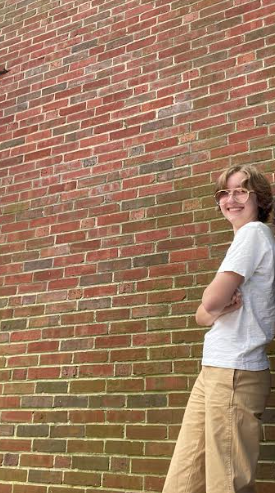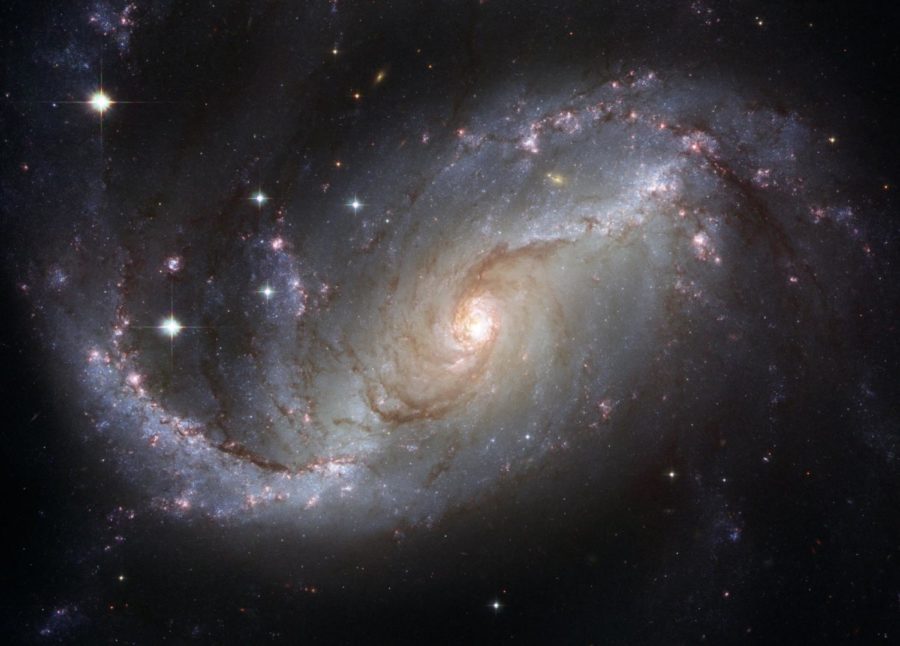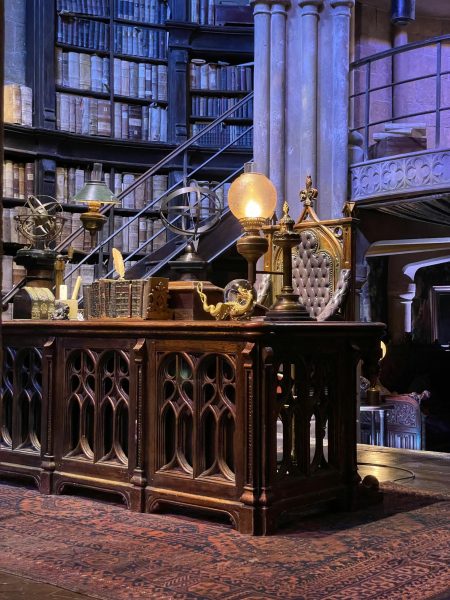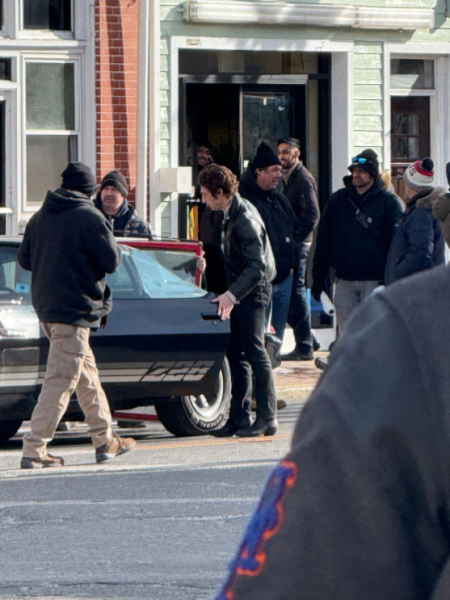2001: Space Odyssey: The Book Vs. The Movie
During the writing process of 2001: A Space Odyssey, director Stanley Kubrick worked with science fiction writer Arthur C. Clarke on the screenplay. The movie was released in April of 1968, with Clarke’s book adaptation being released just after the movie. Despite their close collaboration and the many similarities between the two versions of the story, there are several differences between the movie and the book, making the experiences of watching and reading 2001: A Space Odyssey very different.
In terms of the similarities, both the movie and the book have the same main plot and characters. Both begin with early homo sapiens interacting with a strange monolith, and then follow the voyage of astronauts David Bowman and Frank Poole as they travel to Jupiter (or Saturn in the book) to research an alien monolith. Throughout this trip, they are accompanied by the A.I. supercomputer HAL 9000, whose purpose is to assist with maintaining the ship. Despite these two pieces of content being about the same subject, there are many distinct differences between them.
A glaring example of this is the pacing. While there are a plethora of long and drawn out scenes in both the movie and the book adaptation of 2001: A Space Odyssey, the book portrays the scenes in a more descriptive manner than the movie, making them feel more lively and intense. The movie omits many of these details, making the pacing feel significantly slower. An example of this is the scene where HAL stops listening to Bowman’s commands and opens the airlock doors of the ship, creating a vacuum and putting Bowman’s life at risk. In the movie, this scene is straightforward. It shows Bowman getting into a spacesuit, and then immediately going to shut down HAL. In the book, however, Clarke includes many details and facts, such as how Bowman would only last 15 seconds in the vacuum if he didn’t find a space suit in time, or how he slowly realizes that he’s alone as he sees the lifeless bodies of the three other members on the ship who were in “hibernation”. While the suspense is present in both versions, the movie is less lively and engaging in comparison to the book.
Another key difference that occurred as a result of the movie not having that many details is the ambiguity of the film in comparison to the book. The film doesn’t provide context for HAL’s inaccurate prediction of satellite failure, which was done in order to allow the audience to come up with their own explanations behind why HAL gave such a prediction. In comparison, the book explains that this was a malfunction due to him being made to lie about the purpose of the mission, while also being programmed to provide accurate information to the crew. This caused an internal conflict to occur within him, causing him to make a mistake.
Although there are several other differences between the film and novel versions of 2001: A Space Odyssey, the pacing and presence of details (or lack thereof) are what impact the viewing/reading experience the most, and these aspects should be taken into consideration when deciding whether reading the book or watching the movie will be a more enjoyable experience for you.





